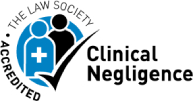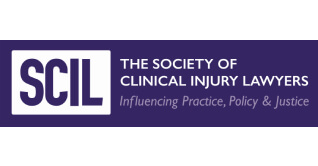Recognising and preventing deep vein thrombosis (DVT)
Deep vein thrombosis (DVT) is a serious condition that, if left undiagnosed and untreated, can have life-altering or even fatal consequences. Sadly, there have been documented cases of deaths from the condition due to the failure of medical practitioners to recognise its symptoms; in 2018, a footballer who ruptured his Achilles tendon during a match later died from DVT due to the hospital’s failure to recognise the signs and give him life-saving blood thinning medication.
What is deep vein thrombosis?
DVT is a blot clot that develops in a deep vein in the body (usually, but not always, the leg), which can be very dangerous. If the blood clot breaks loose, it can travel through the body and block blood flow to your lungs – this is called a pulmonary embolism.
What causes deep vein thrombosis?
There are several factors that can make developing DVT more likely. These include:
- Being over the age of 60
- Being overweight
- Smoking
- Having varicose veins
- Having a family history of blood clots
- Being on the contraceptive pill.
Outside of these factors, there are also particular times when DVT is more likely to develop, including:
- Being sedentary (e.g., bedridden or sat down on a long car, plane or train journey)
- Pregnancy and postpartum
- Dehydration.
Sometimes, very rarely, DVT can occur without any of these factors being present.
What are the symptoms of deep vein thrombosis?
Recognising the symptoms of DVT and being treated quickly is absolutely crucial. If you recognise any of these signs, you should seek medical attention immediately.
- Throbbing pain, swelling or tenderness in one leg (usually the calf or thigh)
- A heavy ache in the affected area
- Warm skin in the area of the clot
- Red or darkened skin, particularly at the back of your leg below the knee.
How is deep vein thrombosis treated?
Firstly, a doctor will conduct some simple tests to see whether you have DVT, e.g.:
- D-dimer blood test to detect a protein produced by blood clots
- Duplex ultrasound scan to see how the blood is flowing
- Venography – an x-ray with dye to see the veins
- MRI scan, if the DVT is located in the abdomen.
Once detected, treating DVT is relatively simple – the patient is given blood thinners to reduce the size of the clot and compression stockings may be prescribed to avoid clots from recurring.
Complications of deep vein thrombosis
As mentioned earlier in this blog, a blood clot in the leg or another part of the body can break off, travel through your bloodstream and impact your lungs by blocking blood flow to the artery. This is called a pulmonary embolism (PE).
Signs of a PE include:
- Sudden shortness of breath
- Chest pain or discomfort that gets worse when you take a deep breath or cough
- Feeling light-headed or dizzy
- Rapid pulse
- Rapid breathing
- Coughing up blood.
A pulmonary embolism is a medical emergency that can be life-threatening if left untreated.
If they occur together, DVT and PE are also known as venous thromboembolism. According to Thrombosis UK, a person dies from venous thromboembolism every six seconds globally.
Misdiagnosed DVT?
We hope that this article will raise awareness of the importance of recognising and seeking treatment for DVT as quickly as possible.
If you have already been affected by DVT and suffered a negative outcome due to medical negligence, then you are also most welcome to get in touch with our empathetic solicitors on 0330 221 8855 or by emailing enquiries@attwaters.co.uk
























